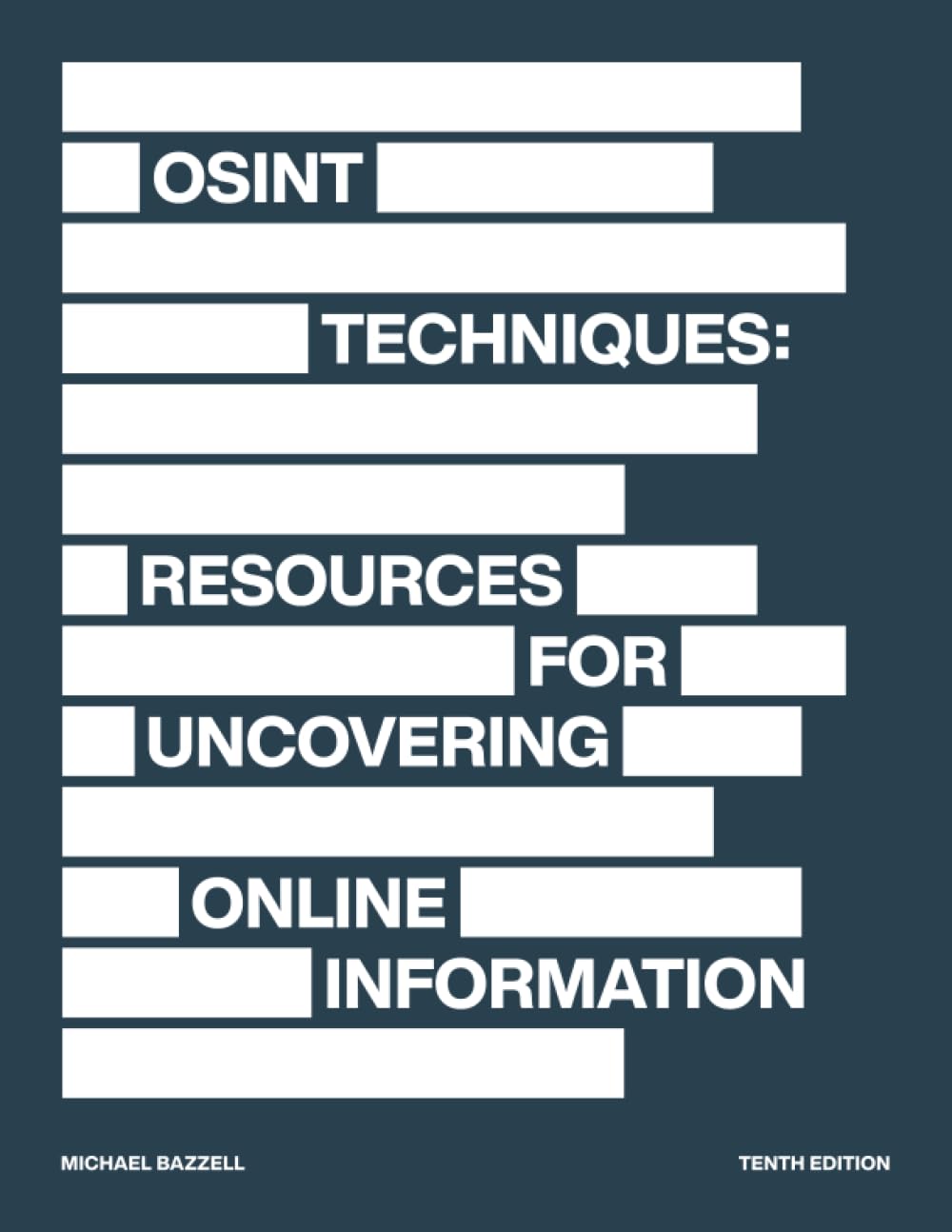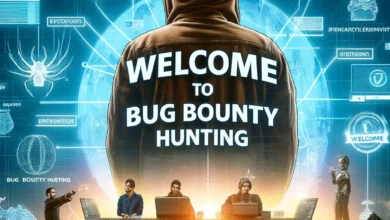The Ethical Hacker's Blueprint: Essential Skills for Effective Bug Bounty Hunting
From Core Concepts to Advanced Techniques: Crafting the Roadmap for Bug Bounty Success

Ethical Hacking: The Heartbeat of Bug Bounty Hunting
Ethical hacking is the lighthouse that guides bug bounty hunters safely through the turbulent waters of cyber vulnerabilities. This practice, while rooted in the strategies employed by malicious hackers, is used to discover and fix system vulnerabilities rather than exploit them. To establish oneself as a recognized bug bounty hunter, one must become fluent in the intricate language of ethical hacking. Let’s delve into the foundational skills and knowledge you’ll need.
Cultivating the Ethical Hacker’s Mindset
- A Commitment to Ethics: The word ‘ethical’ distinguishes white-hat hackers from their black-hat counterparts. As an ethical hacker, you pledge to uphold a strict code: always respect privacy, adhere to guidelines, and ensure responsible disclosure.
- Thinking Offensively: Channeling the mindset of potential attackers is paramount. While your mission is to protect, you must think like those who seek to breach. Only then can you preemptively identify and remedy vulnerabilities that might otherwise escape notice.
Demystifying Networking and Its Vulnerabilities
- Back to Networking Basics: Dive deep into networking concepts like protocols, IP dynamics, and subnetting. When you understand a network’s heartbeat, you can predict its vulnerabilities.
- Mastering Network Scans: Tools like Nmap or Nessus can be your best friends, illuminating open ports or weak points in a system.
Web Application Security: Your Hunting Ground
- Decoding HTTP and HTTPS: Dive beneath the surface of web interactions by understanding these foundational protocols. Grasp how data exchanges happen and, more importantly, where they might falter.
- Spotting Web Weak Points: Key vulnerabilities such as XSS, CSRF, or SQL injections are recurrent culprits. Knowing how to spot and tackle these can make you a sought-after bug bounty hunter.
- Strategic Web App Testing: Embrace reconnaissance. Tools like SpiderFoot or theHarvester can provide a detailed map of your target environment. Manual tests like fuzzing can help, but so can automated pals like OWASP ZAP.
Exploiting Systems without Crossing the Line
- Decoding Exploitation: Understand how malicious entities might escalate privileges or move laterally across systems. By simulating these attacks in controlled environments, you can pinpoint systemic weaknesses.
- Navigating Exploit Frameworks: Dive into platforms like Metasploit. While these tools offer potent capabilities, always wield them responsibly.
The Ethical Endgame: Reporting & Disclosure
- Crafting Stellar Bug Reports: Your findings are only as impactful as your reports. Prioritize clarity, providing comprehensive insights and step-by-step replication guides to help developers remedy vulnerabilities.
- Championing Responsible Disclosure: Unearthed a critical vulnerability? Great! But always give the system’s custodians ample time to fix it before going public. It’s the ethical way.
Understanding the Hacker Mindset
- The Importance of Ethics: Adhering to the highest standards of integrity is paramount. An ethical hacker is not just seeking vulnerabilities for personal gain but to improve cybersecurity. This means prioritizing responsible disclosure, honoring terms of engagement, and communicating effectively with target organizations.
- Adopting the Attacker’s Perspective: This requires a shift from a defensive to an offensive mindset. It’s not about causing harm but identifying weak points before malicious actors do. Think creatively and challenge standard norms; ask yourself, “If I were an attacker, what would I exploit?”
Networking and Network Scanning
- The Backbone of the Internet: Dive deep into the essence of networking. Grasp the intricacies of TCP/IP, DNS operations, VPNs, and proxies. Knowledge about Network Address Translation (NAT) and firewalls will also be beneficial.
- The Art of Scanning: Tools like Nmap and Nessus should become part of your arsenal. They assist in uncovering devices running on a network and can reveal vulnerable services running on these devices.
Web Application Fundamentals
- Protocols Under the Microscope: Beyond HTTP and HTTPS, explore FTP, SNMP, and SMTP. Dive deeper into the intricacies of cookies, sessions, and the importance of headers like Origin and Referer.
- Discovering the Known Weak Points: Beyond typical vulnerabilities, dive into areas like cross-site request forgery (CSRF), Server Side Request Forgery (SSRF), and XML External Entity (XXE) attacks. As web applications evolve, so do the vulnerabilities; keeping updated is essential.
Web Application Testing
- Gathering Digital Intelligence: The digital realm is vast. Leverage tools like theHarvester for gathering emails and subdomains or Shodan to find devices connected to the internet. Remember, the more you know about your target, the better your testing strategy.
- The Balance of Manual and Automated Testing: While tools expedite processes, manual testing often uncovers the nuances missed by automated scripts. Complement tools like Burp Suite with hands-on inspection to ensure no stone is left unturned.
System and Network Exploitation
- The Journey of Exploitation: From finding an exploit to achieving a full system compromise, understand the life cycle of an attack. Concepts like pivoting, where an attacker uses a compromised system to attack another system, can be crucial in real-world scenarios.
- Harnessing the Power of Frameworks: Beyond Metasploit, delve into tools like Cobalt Strike or PowerShell Empire. These platforms offer more advanced features tailored to specific environments, amplifying your exploitation capabilities.
Reporting and Responsible Disclosure
- Crafting a Masterpiece: A well-articulated report is as vital as finding the vulnerability. Structure your findings coherently, ensuring that even non-technical readers can grasp the severity and implications of the vulnerability.
- The Path of Responsibility: Emphasize a collaboration-first approach. While you may be eager to disclose a significant finding, prioritize the potential ramifications on the affected party and the broader user base.
Continuous Learning and Community Involvement
- Evolution is Key: The digital landscape is perpetually evolving. Ensure that you are in sync with emerging technologies, novel vulnerabilities, and shifting paradigms.
- Giving Back: Join online communities, engage in forums, and even consider offering mentorship. The collective growth of the community is pivotal for the future of ethical hacking.
Becoming a successful bug bounty hunter transcends merely finding vulnerabilities; it’s about mastering a broad spectrum of skills, consistently evolving, and nurturing a symbiotic relationship with the community. As you embark on this journey, let this roadmap guide your way, ensuring that every stride you take is rooted in expertise, ethics, and excellence.






